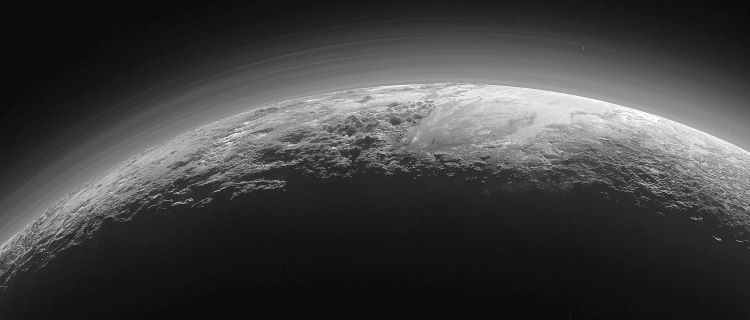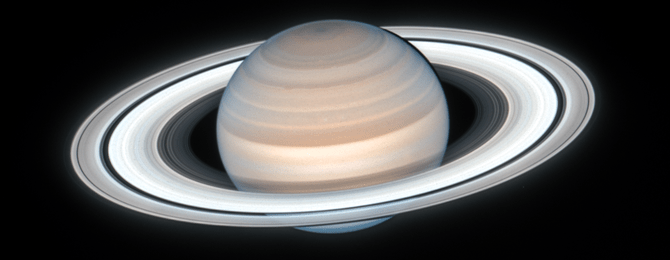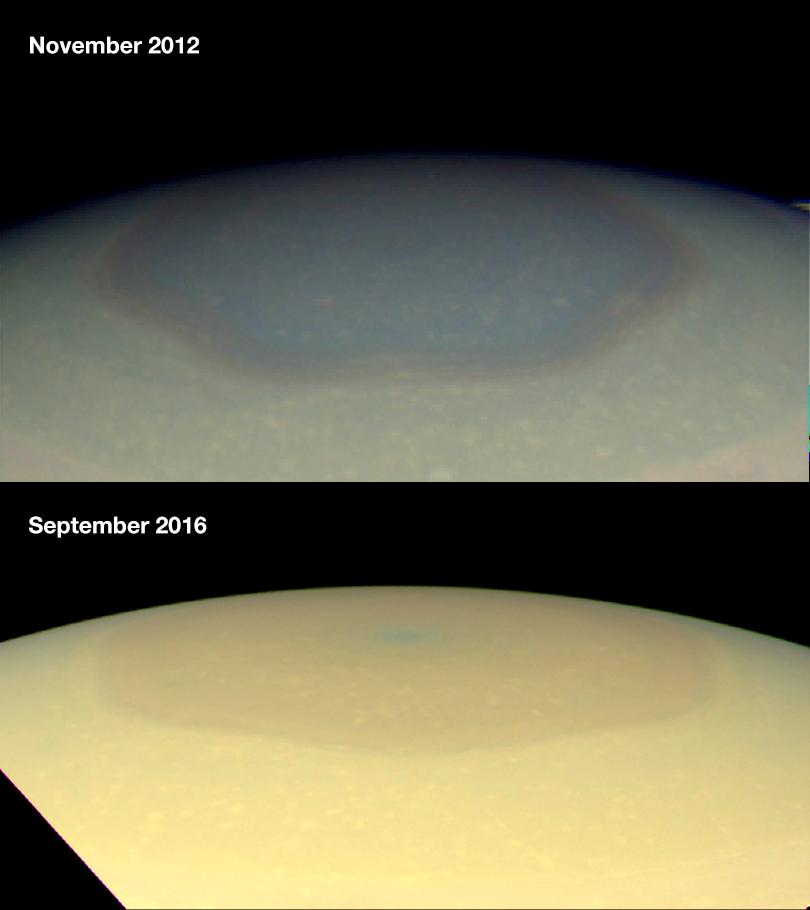Earth releases about as much energy out into space as it absorbs, arriving at a thermal equilibrium. This means it will reach an average temperature as is the case with most planets. Saturn however, is a little different as recent observations show the planet’s energy is out of balance. It seems that in addition to the energy it receives from the Sun, there must also be an internal source of heat, perhaps driven by its highly elliptical orbit.
Continue reading “Saturn’s Energy is Out of Balance”Planetary Atmospheres: Why study them? What can they teach us about finding life beyond Earth?

Universe Today has surveyed the importance of studying impact craters, planetary surfaces, exoplanets, astrobiology, solar physics, and comets, and what these fantastic scientific fields can teach researchers and space fans regarding the search for life beyond Earth. Here, we will discuss how planetary atmospheres play a key role in better understanding our solar system and beyond, including why researchers study planetary atmospheres, the benefits and challenges, what planetary atmospheres can teach us about finding life beyond Earth, and how upcoming students can pursue studying planetary atmospheres. So, why is it so important to study planetary atmospheres?
Continue reading “Planetary Atmospheres: Why study them? What can they teach us about finding life beyond Earth?”Hubble Shows Saturn in the Middle of its Summer

If you want an iconic picture of the planet Saturn, it doesn’t get any better than this. The latest picture from the Hubble Space Telescope shows a spectacular view of the ringed giant, taken on July 4, 2020. This shows a “summertime” view of Saturn’s northern hemisphere.
Continue reading “Hubble Shows Saturn in the Middle of its Summer”What is the Atmosphere Like on Saturn?

Like the rest of the planet, the atmosphere of Saturn is made up approximately 75% hydrogen and 25% helium, with trace amounts of other substances like water ice and methane.
From a distance, in visible light, Saturn’s atmosphere looks more boring than Jupiter; Saturn has cloud bands in its atmosphere, but they’re pale orange and faded. This orange color is because Saturn has more sulfur in its atmosphere. In addition to the sulfur in Saturn’s upper atmosphere, there are also quantities of nitrogen and oxygen. These atoms mix together into complex molecules we have here on Earth; you might know it as “smog”. Under different wavelengths of light, like the color-enhanced images returned by NASA’s Cassini spacecraft, Saturn’s atmosphere looks much more spectacular.
Saturn has some of the fastest winds in the Solar System. As NASA’s Voyager spacecraft was approaching Saturn, it clocked winds going as fast as 1800 km/hour at the planet’s equator. Large white storms can form within the bands that circle the planet, but unlike Jupiter, these storms only last a few months and are absorbed into the atmosphere again.
The part of Saturn that was can see is the visible cloud deck. The clouds are made of ammonia, and sit about 100 km below the top of Saturn’s troposphere (the tropopause), where temperatures dip down to -250 degrees C. Below this upper cloud deck is a lower cloud deck made of ammonium hydrosulphide clouds, located about 170 km below. Here the temperature is only -70 degrees C. The lowest cloud deck is made of water clouds, and located about 130 km below the tropopause. Temperatures here are 0 degrees; the freezing point of water.
Below the cloud decks pressures and temperatures increase with depth, and the hydrogen gas slowly changes to liquid. And below that, the helium forms a liquid as well.
We have written many articles about Saturn for Universe Today. Here’s an article about long-term patterns in Saturn’s atmosphere, and here’s an article about Saturn’s southern atmosphere.
Want more information on Saturn? Here’s a link to Hubblesite’s News Releases about Saturn, and here’s NASA’s Solar System Exploration Guide.
We have recorded a podcast just about Saturn for Astronomy Cast. Click here and listen to Episode 59: Saturn.
References:
NASA APOD
NASA Saturn Fun Facts

